Tagging sheep: Hoggets which have turned 12 months of age may now need to be upgraded to electronic identification status. The way sheep are tagged will have a significant influence on tag loss rates and the risk of ear infections.
The advice for applying button tags is to insert the tag midway in height of the ear taking care to avoid cartilage (can be seen on the underside of the ear) and at a distance of about one-third of the way along the animals ear, measuring from the head out. This distance may need to be extended in breeds with thicker ears as there should be some room for the tag to rotate and for air to circulate around the site of application.
Tag manufacturers are keen to advise farmers who may be new to applying wrap around tags to take care as to the way they are applied, particularly in young sheep that are not going directly for slaughter. They advise applying the tag in a manner that leaves room between the edge of the ear and the tag. This is to ensure tags do not become too tight as animals mature and ears grow.
The general recommendation is to allow 4mm to 5mm for ear growth and again more may be necessary for breeds with large or thick ears.
Wrap-around tags are advised to be applied at the top of the ear and similarly to a button tag – about one-third of the distance out from the head taking care not to pierce cartilage. The male part which pierces the ear should be applied on the outer part leaving less risk for tags to get caught.
Where at all possible, tag when ears are dry and ensure the sheep is securely restrained. Disinfecting tags and the ear is also beneficial.
Scald in lambs: There are more reports in recent days of scald in young lambs. The ailment is caused by bacteria present in soil and faeces with infection establishing through damaged skin.
It can be identified by a pink-red inflammation between the hoof claws with a white or grey paste-like scum on the surface. If untreated, it can progress to footrot. Footbathing or the application of an appropriate foot spray will be sufficient to treat and keep on top of infection.
Copper and zinc sulphate remain the two most common products used and should be diluted at a rate of 10% while care should be taken when using formalin with dilution rates of 3% recommended.
Early intervention is important and will greatly cut down on the risk of an outbreak occurring. Running sheep through a footbath after routine handling will help prevent issues from occurring.
Shearing safety: Shearing is ramping up with the upturn in weather. For those getting the shearing machine out of storage, it is important to ensure cables, plugs, etc, are not damaged and that equipment is stored well and combs, cutters, etc, are sharp.
It is also important to use a circuit breaker to reduce the risk of any electrical-related injuries. In terms of reducing stress on the shearer and sheep, fasting animals in advance of shearing can reduce the liveweight of sheep for handling by as much as 10kg to 15kg.
Tagging sheep: Hoggets which have turned 12 months of age may now need to be upgraded to electronic identification status. The way sheep are tagged will have a significant influence on tag loss rates and the risk of ear infections.
The advice for applying button tags is to insert the tag midway in height of the ear taking care to avoid cartilage (can be seen on the underside of the ear) and at a distance of about one-third of the way along the animals ear, measuring from the head out. This distance may need to be extended in breeds with thicker ears as there should be some room for the tag to rotate and for air to circulate around the site of application.
Tag manufacturers are keen to advise farmers who may be new to applying wrap around tags to take care as to the way they are applied, particularly in young sheep that are not going directly for slaughter. They advise applying the tag in a manner that leaves room between the edge of the ear and the tag. This is to ensure tags do not become too tight as animals mature and ears grow.
The general recommendation is to allow 4mm to 5mm for ear growth and again more may be necessary for breeds with large or thick ears.
Wrap-around tags are advised to be applied at the top of the ear and similarly to a button tag – about one-third of the distance out from the head taking care not to pierce cartilage. The male part which pierces the ear should be applied on the outer part leaving less risk for tags to get caught.
Where at all possible, tag when ears are dry and ensure the sheep is securely restrained. Disinfecting tags and the ear is also beneficial.
Scald in lambs: There are more reports in recent days of scald in young lambs. The ailment is caused by bacteria present in soil and faeces with infection establishing through damaged skin.
It can be identified by a pink-red inflammation between the hoof claws with a white or grey paste-like scum on the surface. If untreated, it can progress to footrot. Footbathing or the application of an appropriate foot spray will be sufficient to treat and keep on top of infection.
Copper and zinc sulphate remain the two most common products used and should be diluted at a rate of 10% while care should be taken when using formalin with dilution rates of 3% recommended.
Early intervention is important and will greatly cut down on the risk of an outbreak occurring. Running sheep through a footbath after routine handling will help prevent issues from occurring.
Shearing safety: Shearing is ramping up with the upturn in weather. For those getting the shearing machine out of storage, it is important to ensure cables, plugs, etc, are not damaged and that equipment is stored well and combs, cutters, etc, are sharp.
It is also important to use a circuit breaker to reduce the risk of any electrical-related injuries. In terms of reducing stress on the shearer and sheep, fasting animals in advance of shearing can reduce the liveweight of sheep for handling by as much as 10kg to 15kg.




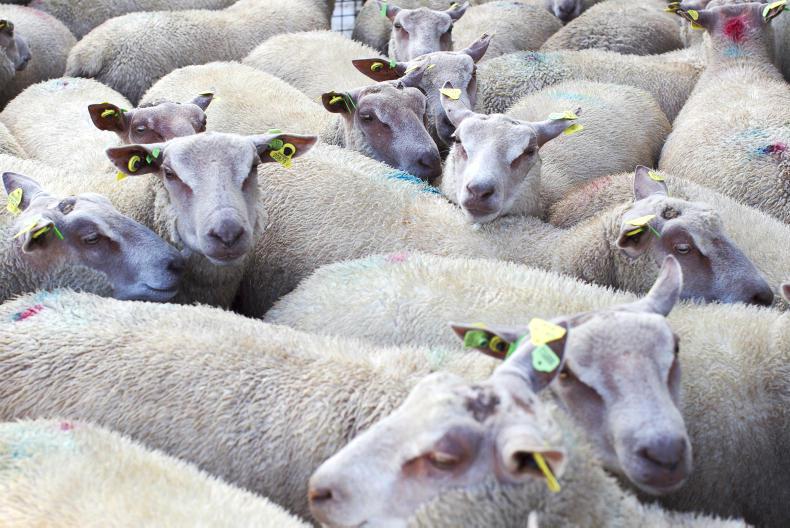
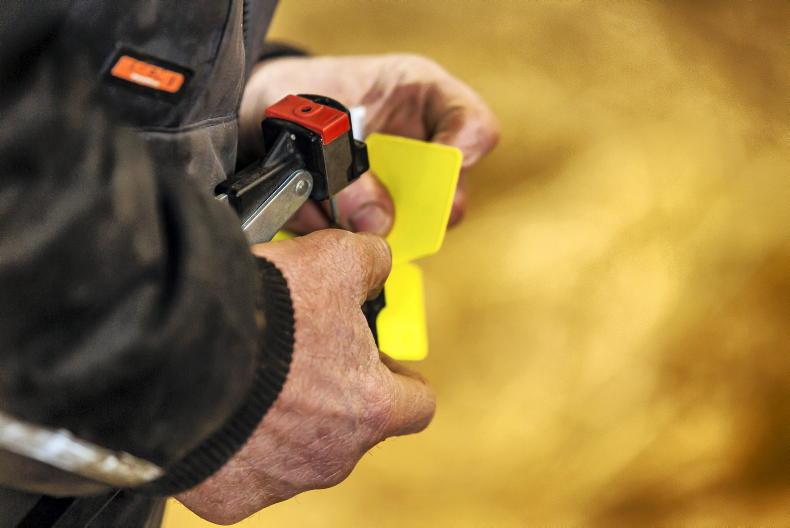

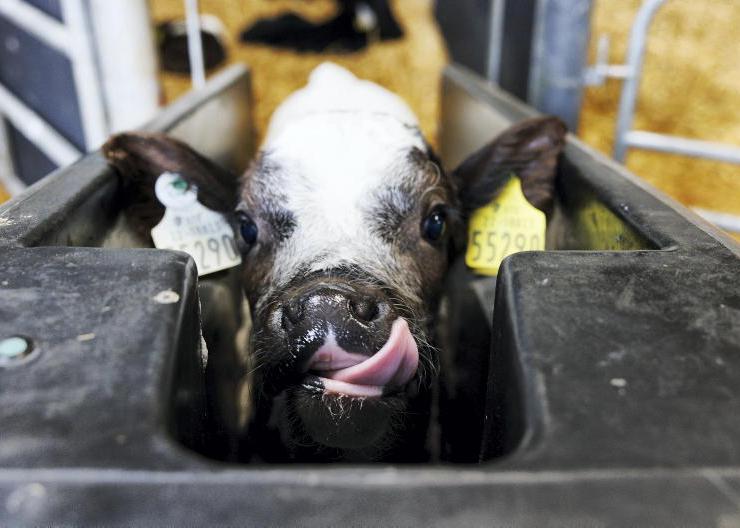
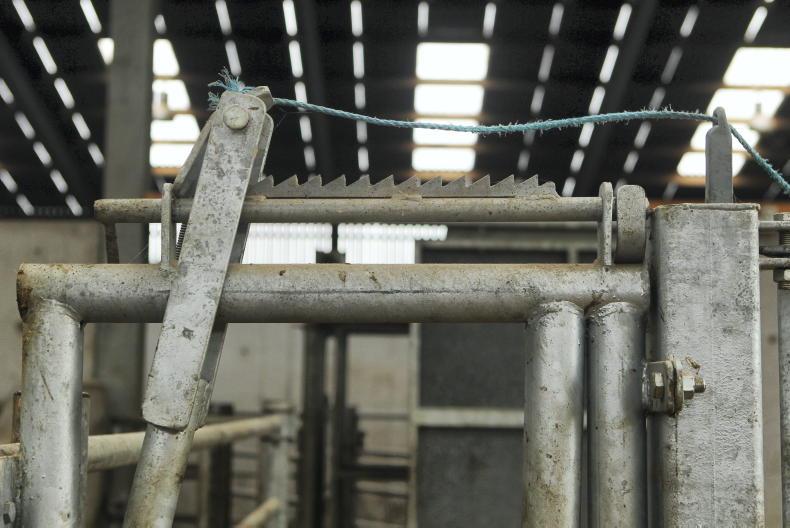
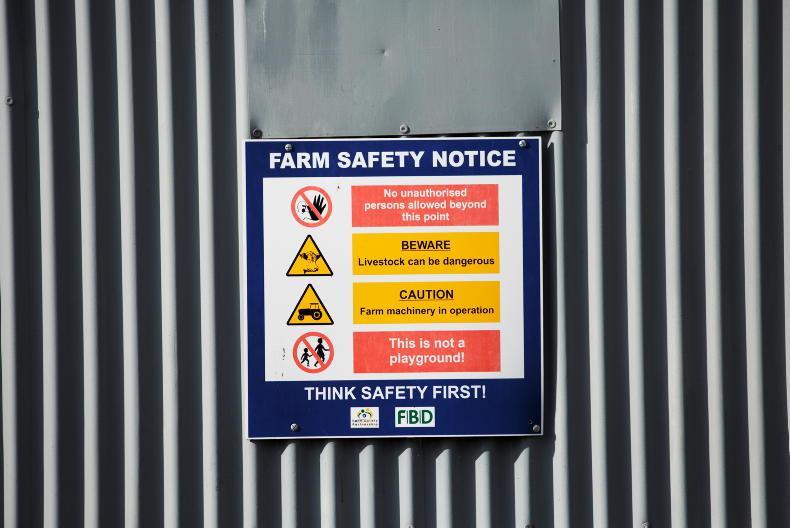
SHARING OPTIONS